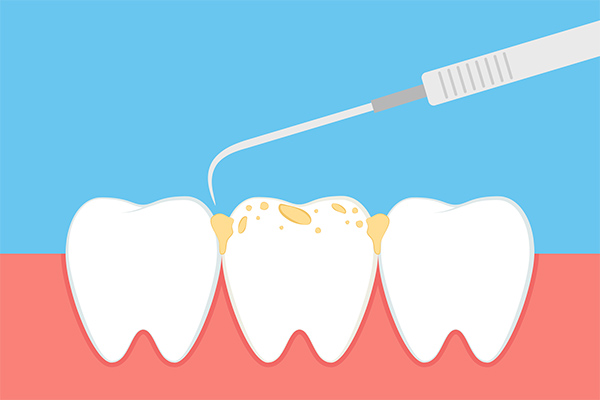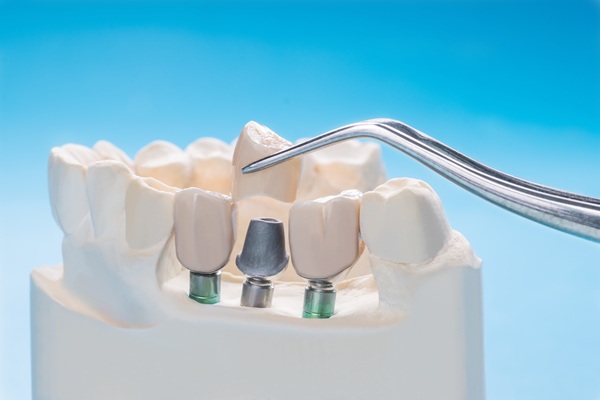 Plaque and tartar are two things that lead to the most common dental issues a periodontist can treat: tooth decay and gum disease. The teeth have an outer layer called the enamel that is the hardest part of the body. Designed to handle a lot of wear and tear, it protects a tooth's more delicate inner layers from acids made by oral bacteria.
Plaque and tartar are two things that lead to the most common dental issues a periodontist can treat: tooth decay and gum disease. The teeth have an outer layer called the enamel that is the hardest part of the body. Designed to handle a lot of wear and tear, it protects a tooth's more delicate inner layers from acids made by oral bacteria.
Bacteria in the mouth feed on sugars left on teeth surfaces, forming a sticky film called plaque. Plaque causes the sticky feeling in your mouth in the morning. The more sugars are in your mouth before going to sleep, the stickier your mouth will feel when you wake up. You have probably noticed that on your own over the years.
Let us take a detailed look at tartar and plaque to better understand how they promote oral health issues such as gum disease and tooth decay.
Plaque
As previously mentioned, plaque is a sticky film created by oral bacteria. It houses the bacteria that make it and the acids they produce — the acids inside plaque damage teeth, leading to tooth decay. Plaque can make its way below the gum line, infecting the tissues there. It hardens into tartar when left on teeth for a few days, which creates additional issues.
Plaque can be removed by brushing and flossing. Its formation can also be minimized by limiting the consumption of sugar-rich foods.
Tartar
Tartar is what plaque turns into when left on teeth for prolonged periods. Tartar gives teeth a yellow tint, and it houses bacteria and the acids they produce – just like plaque. However, brushing or flossing does not affect tartar deposits. Instead, a periodontist removes it with a scaler during teeth cleanings. This allows tartar to build up on teeth between dental visits regardless of how well a person cleans their mouth. Therefore, good oral hygiene only helps minimize these deposits, while teeth cleaning is needed to get rid of them.
Tartar can make its way into gum pockets, leading to gum disease as the immune system tries to fight off the bacteria in it.
Preventing tartar and plaque buildup on teeth
Simple things anyone can do to remove plaque from their teeth and minimize the accumulation of tartar deposits include:
- Brushing twice and floss once daily
- Always clean the tongue when brushing
- Use tartar-control toothpaste to minimize tartar buildup
- Use an antibacterial mouthwash to reduce bacteria in the mouth
- Visit a dentist twice a year to get teeth cleaned
- Consume less sugar-rich foods and beverages
- Drink lots of water
It starts with prevention
The less plaque and tartar you have on your teeth, the lower your risk of developing gum disease and tooth decay. Give us a call or visit our Woodland Hills clinic to set up an appointment with our periodontist.
Request an appointment or call Brighton Periodontal & Implant Dental Group at 818-703-7733 for an appointment in our Woodland Hills office.
Recent Posts
People who are seeking healthy gums but are dealing with challenges with gingivitis can see an expert periodontist, a dental professional who has studied the structures that support the teeth. These include the gums, the jawbone itself, and the ligaments that help hold the teeth in place.Periodontists are trained dentists who focus their attention on…
Periodontics focuses on gum health. Keeping your gums healthy is the main goal of every treatment. Detecting any problem early leads to early treatment. You can also do your part in caring for your gums. Here are some tips from dental professionals who work in periodontics on how to have healthier gums.Bad bacteria in the…
When we go to the dentist or periodontist, one of the last things that we expect to hear is that we need gum recession treatment. However, gum recession happens to many people for many reasons. When it does happen, it is important to get it treated properly as soon as possible to avoid further damage.…


